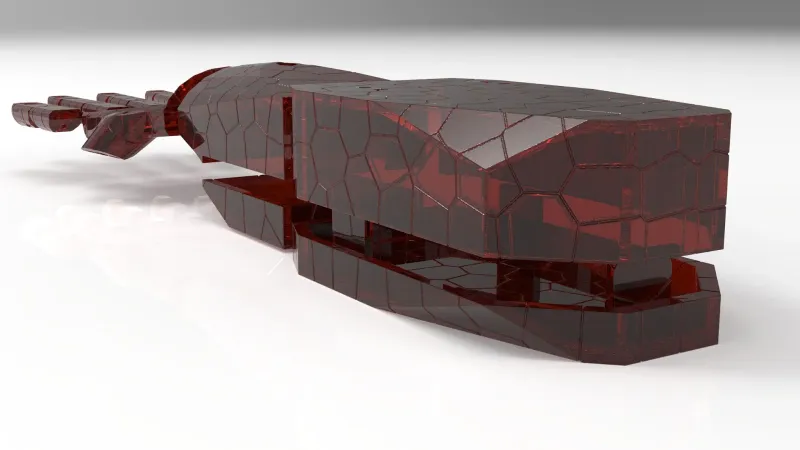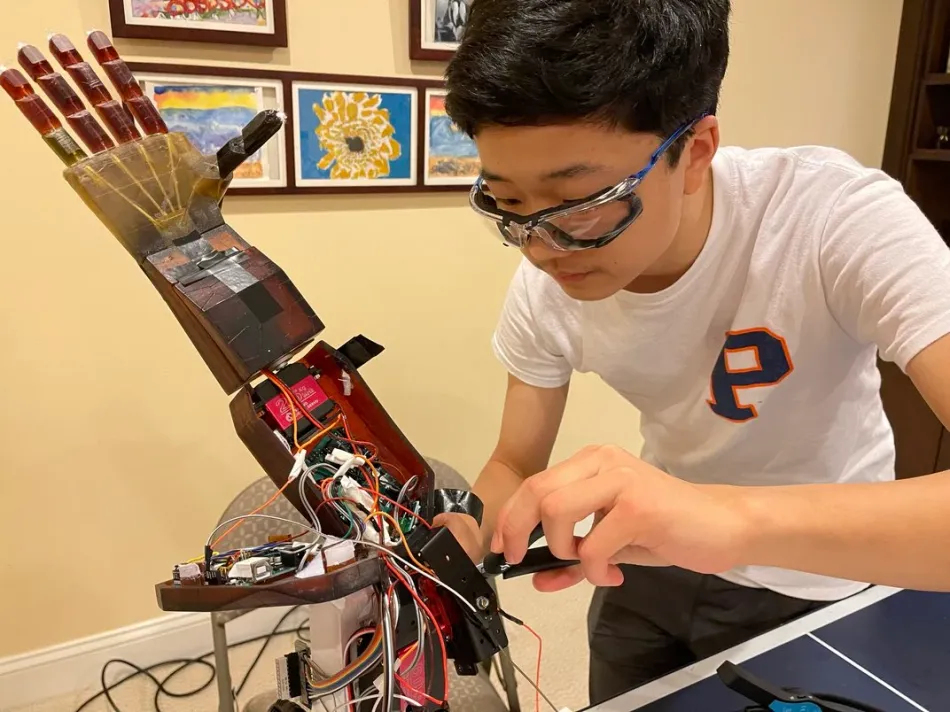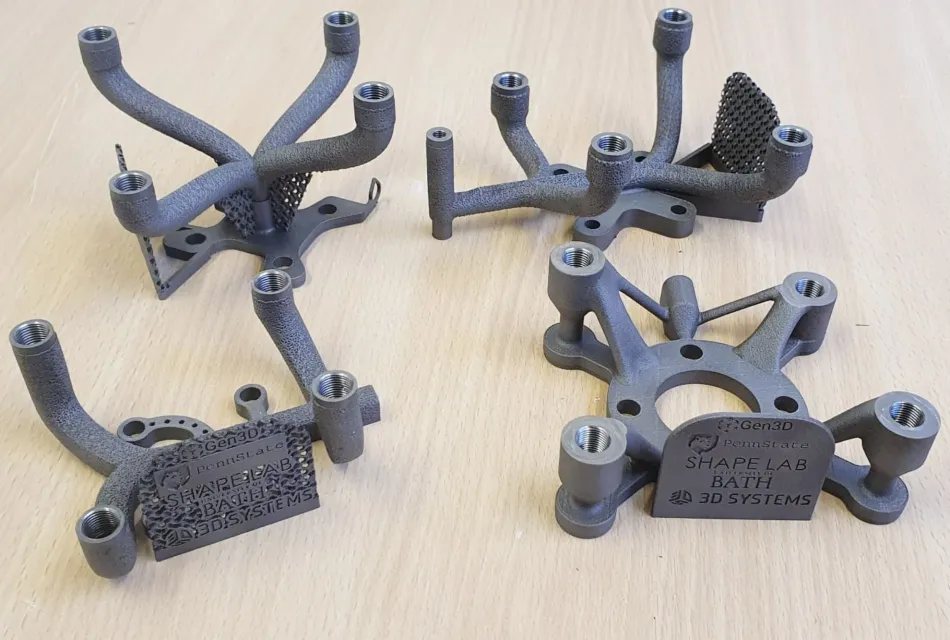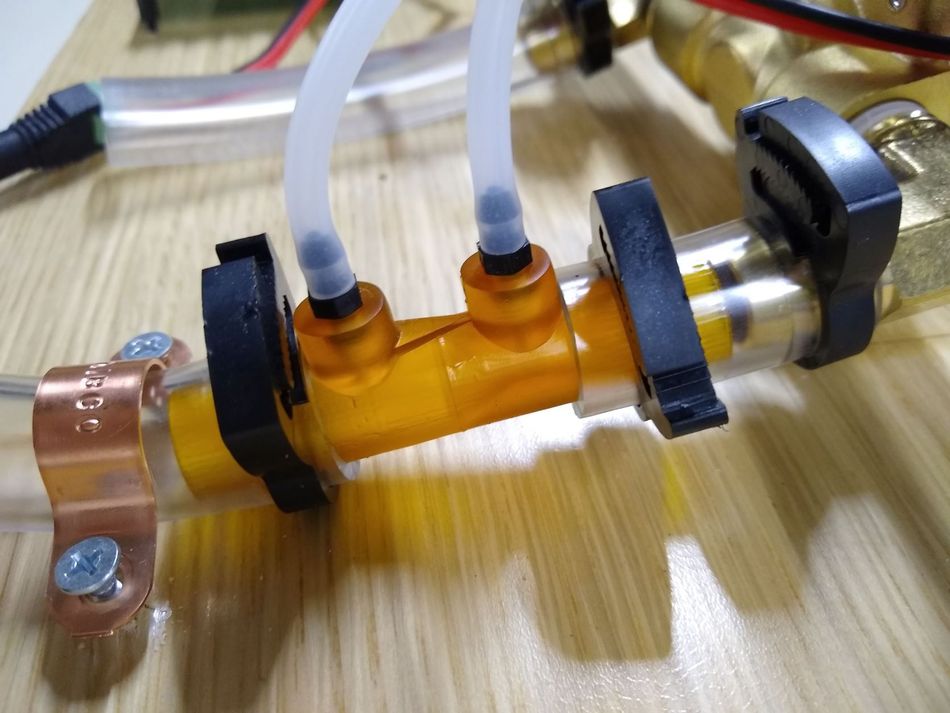Democratizing Robotics Innovation with Additive Manufacturing
Advancements in 3D printing have helped to lower the cost of robotics innovation by more than 40,000x! This article explains how that happened and highlights 5 categories of end-use robotics components that can be made on-demand with additive manufacturing today.
Where are all the robots that we were promised? No offense to the Roomba...but really, that's the best we can do?
How old are The Jetsons now? (...and where is Westworld?)
Unfortunately, the beautiful future of maintenance droids isn't here yet. Fortunately for engineers, the cost of innovating in robotics has never been lower.
Moore's Law is certainly helping to bring down the cost of the electronics associated with robotics innovation. Perhaps more importantly, new advancements in additive manufacturing are now making it possible for bright young engineers to build exciting new products in the field of robotics, at a small fraction of the cost of just a few years ago.
Here's a striking example. DARPA spent $40 million over eight years through its Revolutionizing Prosthetics program to develop robotic limbs, with the most famous output of that program being the "Luke Arm" by Dean Kamen.
You've probably heard of Dean Kamen, he invented the Segway. But have you heard of Easton LaChappelle? Easton invented a prosthetic arm as an eighth-grader, and then founded Unlimited Tomorrow to bring his invention to the world.
Additive manufacturing has played a huge role in enabling Easton and his team to offer a prosthetic arm for a very small fraction of what the competition charges. Let me show you the price difference:
- DARPA "Luke Arm" => ~$40,000,000
- Typical Bionic Hand Price Today => ~$40,000
- Unlimited Tomorrow TrueLimb => ~$8,000
While the price of a bionic hand has come down approximately 1000x from the initial DARPA program, Unlimited Tomorrow is leveraging additive manufacturing to offer the only product in this category that is under $10,000. (Source: Bionics for Everyone) Easton has been using 3D printers for most of his life, it is no surprise that he's found a way to massively out-innovate the competition.
Who is innovating to bring the price down another order of magnitude?
The Wevolver community will certainly remember Ben Choi. As a high school student, he invented a brain-controlled prosthetic arm that was a winner in Wevolver & polySpectra's 2020 Make it Real Challenge. He then went on to win pretty much every science fair on the planet, including the Regeneron International Science and Engineering Fair.
The electronics for Ben's current design cost slightly less than $300. Depending on what you print the polymer components out of, that's going to add another few hundred dollars. Even with really high-end additive materials, that's still a >40,000x price reduction from the Luke Arm!
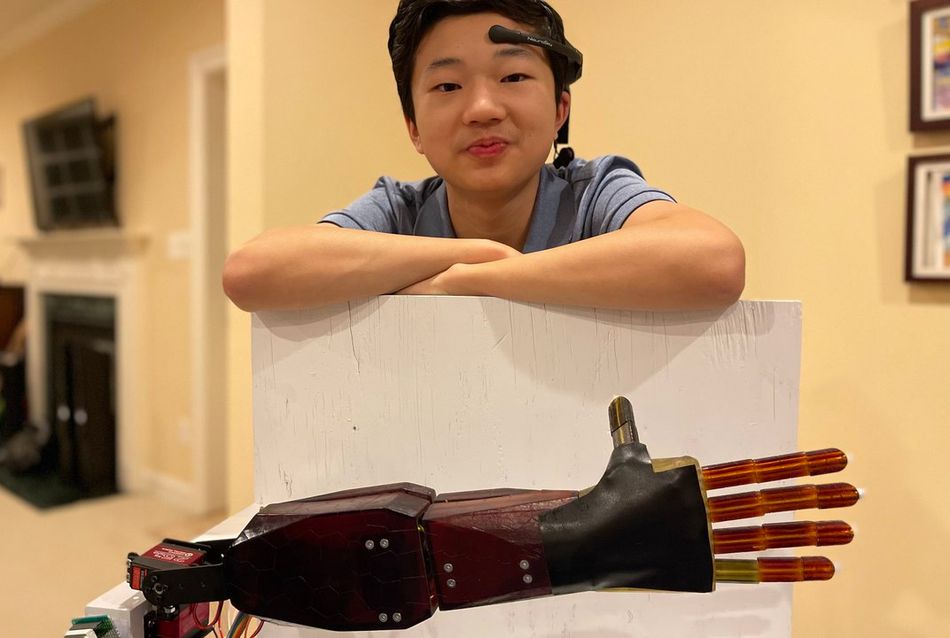
It won't come as a surprise to this community that 3D printing is a great way to prototype robotics. What may not be obvious is that additive manufacturing has now advanced to the point where anyone can access production-grade digital manufacturing.
To prove it to you, here are five categories of end-use robotics components that can now be made on-demand with additive manufacturing, as well as some of the considerations you'll want to keep in mind when deciding what process and material to use.
1. Enclosures and Housings
Moore's Law brought down the cost of the electronics. Now we need somewhere to put them. Depending on the environment that the device is in, this is arguably one of the easier types of robotics components to manufacture with 3D printing.
When considering how to 3D print your electronics enclosures and housings, be sure to keep in mind the accuracy, impact resistance, and dielectric properties of the additive material. Unless your robot is going into an extreme environment, it's likely that the accuracy and toughness of the material will be the limiting factors for performance.
2. End Effectors
End-effectors, grippers, fingers, tools - there are a lot of words for the robotics components that interface with the external environment. The complexity and opportunity for customization makes end-effectors a particularly interesting application for additive manufacturing. Suction cups, prosthetics, grippers - humanoid or not - there is a lot of room for creativity and optimization here.
- Cytotoxicity - Is it biologically safe to interact with people?
- Impact strength - Is it going to break on the job?
- Chemical resistance (including water) - Can it withstand humidity, fluid contact, sterilization, washing?
3. Gears and Impellers
Even something as simple as a gear has an incredible number of details to consider. In this video, we highlight just a few of the materials properties that need to be kept in mind:
Impact strength, hardness, and chemically compatibility are critical to consider when it comes to 3D-printing components that are going to be in dynamic contact with other pieces. For many applications in biomedical devices, you'll also want to choose a material with "Grade 0" Cytotoxicity (ISO 10993-5)
4. Fluidics and Manifolds
Fluid handling, pneumatics, manifolds - all of these can be an essential part of the device design. Whether you are simply dealing with airflow and cooling, or doing fancier pneumatic activation of a soft robot - 3D printing can offer a degree of geometric complexity that affords functions that are difficult to achieve with traditional manufacturing.
Unfortunately, not all 3D printing processes produce fluid-tight or air-tight components. Among those that do, the surface roughness can be a breeding ground for bacteria. Smooth, sealed surfaces are a major advantage of stereolithography (including DLP and all of the other branded subvariants of vat photopolymerization).
5. Lightweight Structural Supports
Robots tend to be really heavy. If you have hundreds of millions of dollars for cutting-edge components, apparently you can still afford to make them do backflips:
For the rest of us, light-weighting strategies such as "topology optimization" are now widely available through software packages such as nTopology, Gen3D, and even Fusion 360. The ability to create durable end-use components with high strength-to-weight ratios has never been more accessible and more affordable.
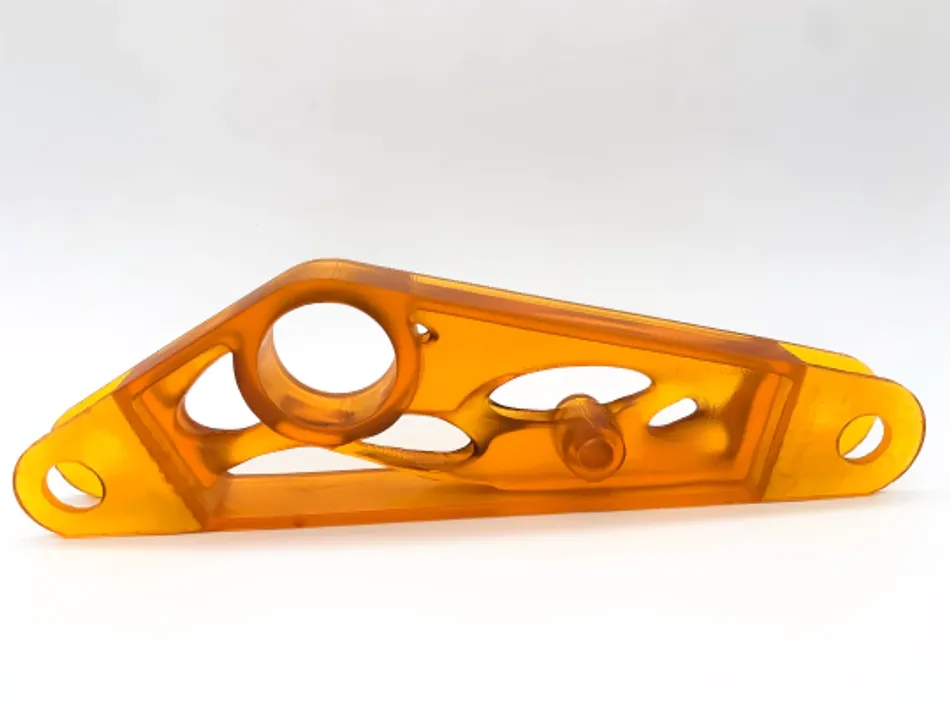
Depending on the application, there are a number of lightweighting strategies that can unlock parts with high performance and low cost. These range from the classic periodic lattices, to finite-element-driven mass minimizations, to even more unique topologies such as Spherene's Adaptive Density Minimal Surfaces.
Make sure to pay attention to the Ultimate Tensile Strength (UTS) of your material - this is likely to be the limiting factor for your design when you are minimizing the mass.
Ready for rugged robotics?
Are you working on the next generation of robotics and automation? Do you need access to best-in-class additive manufacturing to help make your ideas real?
If so, today is your lucky day. Wevolver readers receive a 22% discount on COR parts for the rest of 2022, by using the discount code "WE-LOVE-WEVOLVER-22". Head over to polySpectra.com/start-here/ or simply drag and drop your CAD files below to get an instant quote today!
Still unsure if 3D printing can meet your strict requirements?
Check out the spec sheet for yourself: https://geni.us/COR-Alpha-TDS
